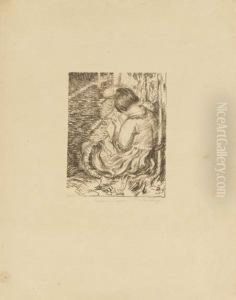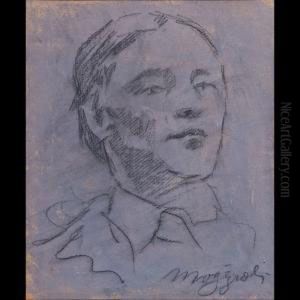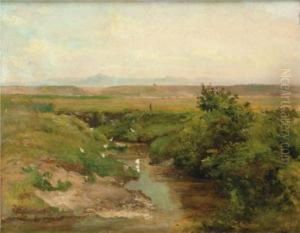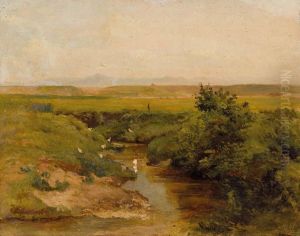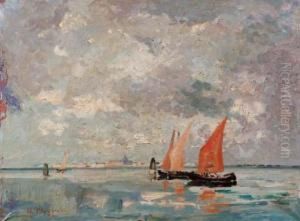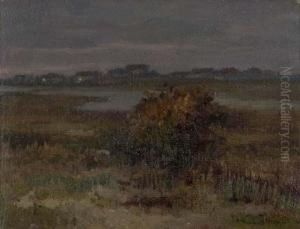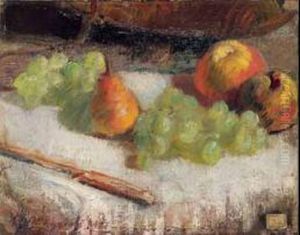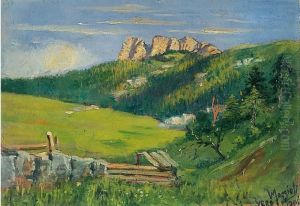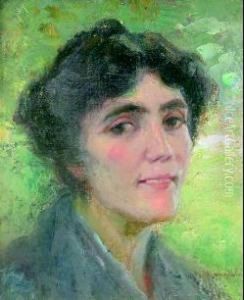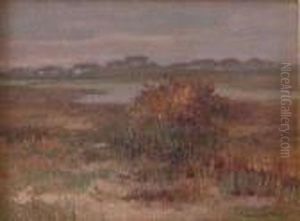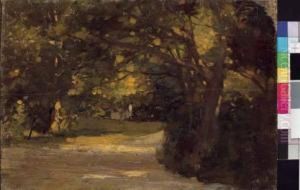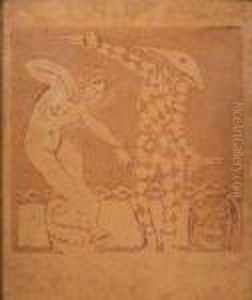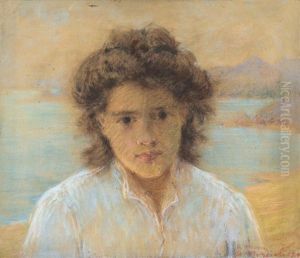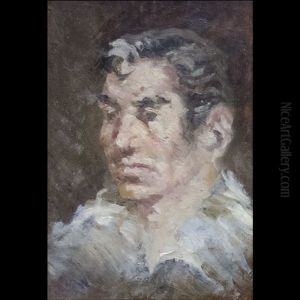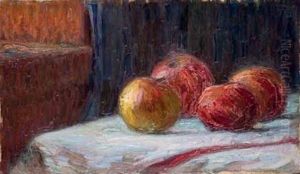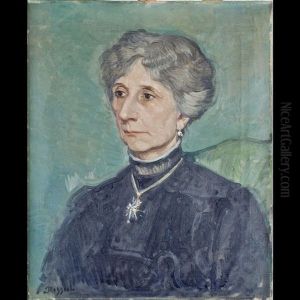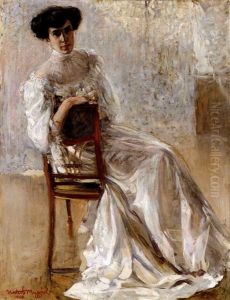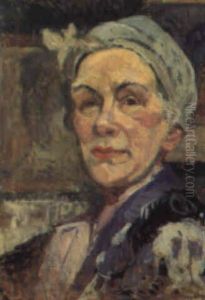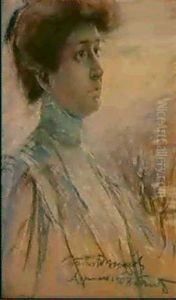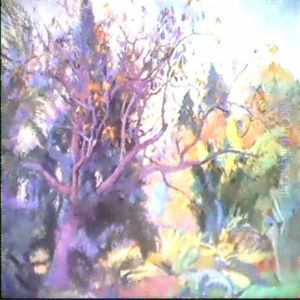Umberto Moggioli Paintings
Umberto Moggioli was an Italian painter, best known for his contributions to the field of post-impressionism and his role in the early 20th-century Venetian art scene. Born on July 27, 1886, in Trento, which was then part of the Austro-Hungarian Empire and is now in Italy, Moggioli displayed a keen interest in art from an early age. He pursued his passion by studying at the Accademia di Belle Arti di Venezia (Venice Academy of Fine Arts), where he was influenced by the vibrant artistic atmosphere of Venice and the works of the Impressionist masters.
Moggioli's work is characterized by his vivid use of color and dynamic brushwork, which captured the changing qualities of light and atmosphere in his landscapes and urban scenes. His paintings often depict the serene beauty of the Venetian countryside and the daily life of its inhabitants, reflecting a deep connection to his surroundings and a profound understanding of the impressionist ethos.
Despite his promising career, Moggioli's life was cut short by the Spanish flu pandemic. He died on March 1, 1919, in Venice, at the young age of 32. His untimely death meant that his body of work is relatively small, but it remains highly regarded for its contribution to the development of Italian post-impressionism. Moggioli's paintings are celebrated for their lyrical beauty and emotional depth, and they continue to be admired for their innovative approach to color and composition.
Throughout his brief career, Moggioli participated in several important exhibitions, both in Italy and abroad, helping to spread the influence of Italian post-impressionism. His legacy is preserved through his works, which are housed in various Italian museums and collections, and through the esteem in which he is held by art historians and collectors alike. Moggioli's art represents a crucial moment in the evolution of Italian painting, bridging the gap between the traditional styles of the 19th century and the modernist movements that would dominate the 20th century.
